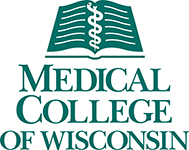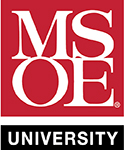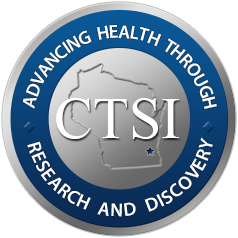Reproducible and quantitative model of infection of Dermacentor variabilis with the live vaccine strain of Francisella tularensis. Appl Environ Microbiol 2015 Jan;81(1):386-95
Date
11/02/2014Pubmed ID
25362054Pubmed Central ID
PMC4272728DOI
10.1128/AEM.02917-14Scopus ID
2-s2.0-84917707073 (requires institutional sign-in at Scopus site) 8 CitationsAbstract
Pathogen life cycles in mammalian hosts have been studied extensively, but studies with arthropod vectors represent considerable challenges. In part this is due to the difficulty of delivering a reproducible dose of bacteria to follow arthropod-associated replication. We have established reproducible techniques to introduce known numbers of Francisella tularensis strain LVS from mice into Dermacentor variabilis nymphs. Using this model infection system, we performed dose-response infection experiments and followed bacterial replication through the molt to adults and at later time points. During development to adults, bacteria replicate to high numbers and can be found associated with the gut tissues, salivary glands, and hemolymph of adult ticks. Further, we can transmit a mutant of LVS (LVS ΔpurMCD) that cannot replicate in macrophages in vitro or in mice to nymphs. Our data show that the LVS ΔpurMCD mutant cannot be transstadially transmitted from nymphs to adult ticks. We then show that a plasmid-complemented strain of this mutant is recoverable in adult ticks and necessary for bacterial replication during the molt. In a mixed-infection assay (ΔpurMCD mutant versus ΔpurMCD complement), 98% of the recovered bacteria retained the plasmid marker. These data suggest that the ΔpurMCD mutation cannot be rescued by the presence a complemented strain in a mixed infection. Importantly, our infection model provides a platform to test specific mutants for their replication in ticks, perform competition studies, and use other genetic techniques to identify F. tularensis genes that are expressed or required in this unique environment.
Author List
Coburn J, Maier T, Casey M, Padmore L, Sato H, Frank DWAuthors
Jenifer Coburn PhD Professor in the Medicine department at Medical College of WisconsinDara W. Frank PhD Professor in the Microbiology and Immunology department at Medical College of Wisconsin
MESH terms used to index this publication - Major topics in bold
Animal StructuresAnimals
Bacterial Vaccines
Dermacentor
Disease Models, Animal
Disease Transmission, Infectious
Disease Vectors
Francisella tularensis
Mice
Reproducibility of Results
Tularemia
Vaccines, Attenuated









